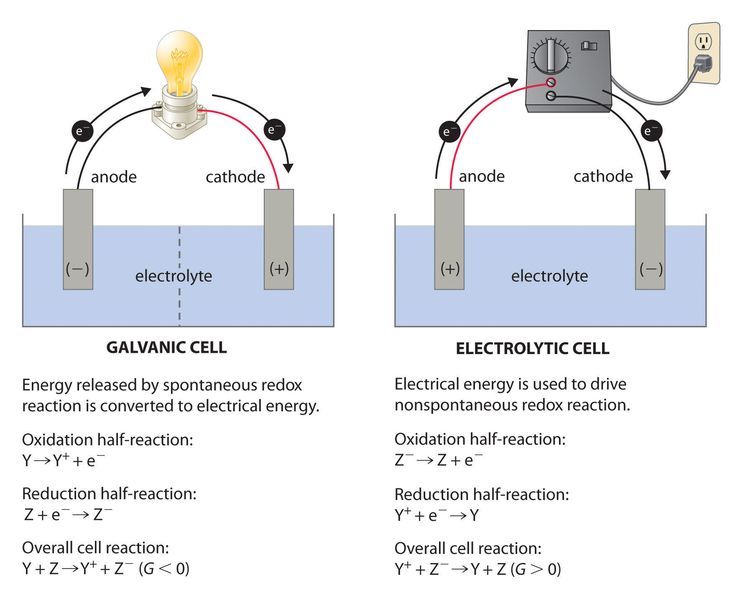Absorbent Glass Mat (AGM) batteries are commonplace in powersports applications nowadays.
There’s a big reason why: These AGM batteries are virtually maintenance free. Back in the day, a flooded lead acid battery needed to be routinely checked and filled to ensure it could maintain a charge. On the other hand, AGM batteries are pretty much hands off—provided you follow the proper steps to prepare them for the initial charge, that is.
That’s why we’re writing this quick article. If you buy your AGM battery from a walk-in store or dealership, there’s a good chance it’s already been properly charged and is ready to drop into your motorcycle, snow mobile, lawn mower, or whatever.
But if you buy your powersports batteries online, you’ll probably have to set up your AGM battery yourself. And this initial prep and charging process is critical; if you don’t follow the instructions, you risk permanently damaging your battery.
And while your battery will likely come with its own instructions, we wanted to emphasize three tips to ensure your battery has a long service life.
3 AGM Battery Initial Prep & Charging TipsFor this AGM battery, you remove the heavy rubber plugs from the top of the battery first (do not discard this!), which exposes the pointed fill ports on the battery below. Leave the foil on the electrolyte vials too. (Image/OnAllCylinders)1. Fill Your Battery with the Right Amount of Electrolyte (Not Water!)First off, electrolyte is essentially a fancy word for battery acid. It’s corrosive and can burn the skin, etch surfaces, and dissolve paint—so make sure you take the appropriate precautions when handling and filling your battery, and dispose of excess electrolyte properly.

It’s vitally important to realize that electrolyte isn’t water. Yes, unlike AGM batteries, flooded lead acid batteries get topped-off with distilled water as part of their regular maintenance process, but not before being filled with acid first.
More importantly, don’t confuse traditional lead acid battery maintenance procedures with any of the steps involved with prepping an AGM battery prior to its initial charge. No water, distilled or otherwise, is involved in an AGM battery’s filling process. You need to use electrolyte, AKA battery acid.
When you’re ready to fill the battery, simply invert the vials (with the foil covering still over the vial caps), position them over the individual fill ports, and press down. The foil on the chamber openings will get punctured and battery acid will start filling the battery. Easy peasy. (Image/OnAllCylinders)In all of our initial battery charging experiences, the AGM battery manufacturer has included the electrolyte with the battery purchase.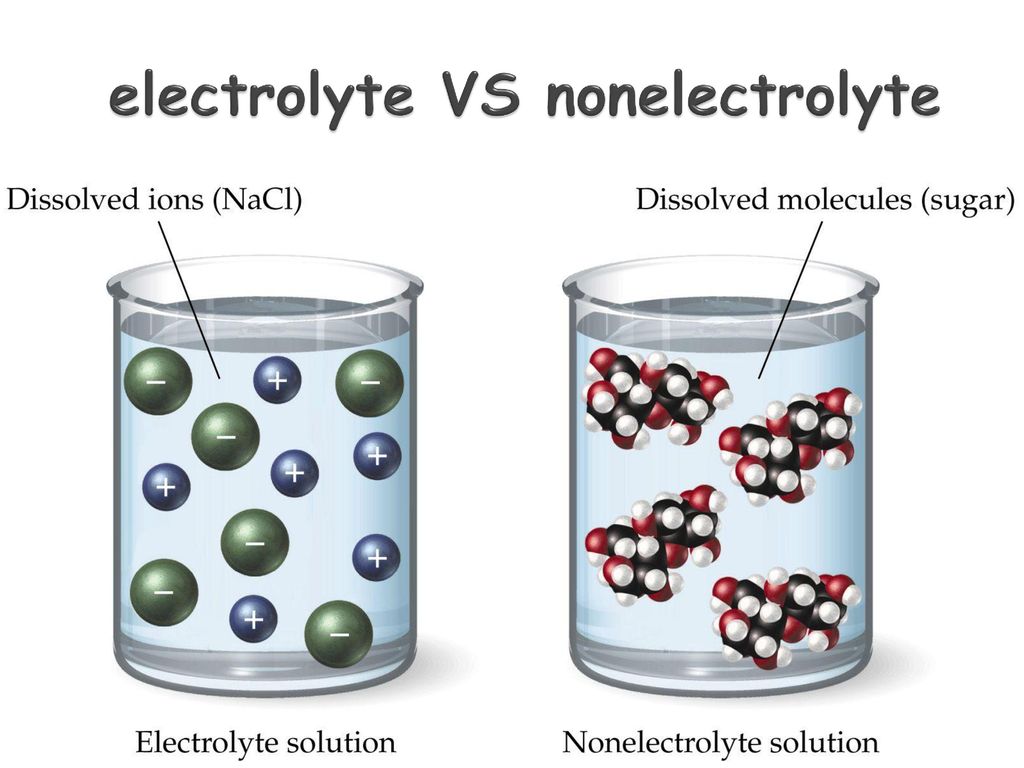 But if yours didn’t, you can buy your battery acid separately.
But if yours didn’t, you can buy your battery acid separately.
Either way, you want to make sure you fill your battery to the proper levels.
This is a traditional flooded lead acid-style battery. But much like its AGM counterparts it needs to be filled with the proper levels of battery acid prior to its initial charge. Then, you can add distilled water as the levels fall later. Note the fill lines near the top of the battery’s case. (Image/OnAllCylinders)2. After Filling the Battery, Wait for the Acid to be Fully AbsorbedThis is probably the step that’s overlooked the most. After the electrolyte has drained into the battery…wait! This allows the acid time to absorb into the glass mat. Remember, it’s exactly what the “A” is in AGM, after all.
If you immediately throw the battery on the charger, it could damage the battery and shorten its lifespan. You may not notice it at first but over time, the battery could develop issues like weak starting performance and a rapid discharge rate.
How long you should wait depends on the battery manufacturer, but in our experience it’s about an hour or two. After the wait, you’re now ready to hook it up to a battery charger.
Once the vials are empty, pull them off and replace the rubber plugs that originally came on the battery. Just use moderate hand pressure here—the cap should slide right on flush with the battery surface, sealing it forever. (Image/OnAllCylinders)3. Use the Proper Current (Amperage) to Charge Your BatteryHere’s another simple aspect of battery prep that folks can overlook.
If you read our earlier story on EV Battery Life, you already know that batteries don’t always like being charged at high current levels.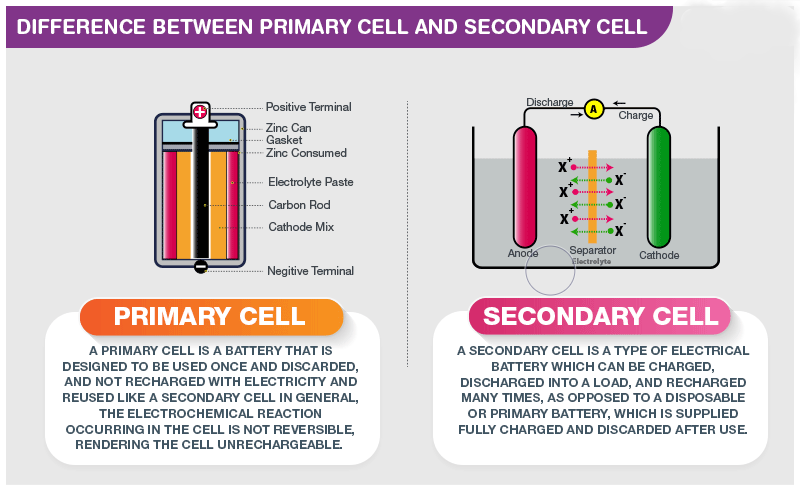 And that’s especially true for new AGM batteries getting an initial charge. While a lot of battery charger models have selectable current levels in excess of six amps, in our experience, many initial charging instructions call for a lower current rate, more like two amps.
And that’s especially true for new AGM batteries getting an initial charge. While a lot of battery charger models have selectable current levels in excess of six amps, in our experience, many initial charging instructions call for a lower current rate, more like two amps.
Slamming too much amperage into a new battery can fry the acid inside, which again, could significantly reduce its usable life and cause other performance issues. While there’s no universal current rating for every battery, each battery manufacturer will spec the particular battery’s preferred initial charge amperage in the instructions.
In addition to charging current, your battery manufacturer will also indicate how long you should leave the battery on the charger for its initial charge. It’ll usually vary between five to 10 hours, again at a low amp rating.
Hooked up to the charger at low current, our AGM motorcycle battery should be ready to go in a few hours. (Image/OnAllCylinders)Follow Your Battery’s Charging Instructions
(Image/OnAllCylinders)Follow Your Battery’s Charging InstructionsWhile these three tips are important, consider them a supplement to your original battery manufacturer’s instructions. You should always read your particular battery’s initial changing and maintenance manual thoroughly before beginning, to ensure you’re hitting all the proper steps.
All told, it’s not difficult to prep and charge an AGM battery for the first time, it’s just critical that you follow all the instructions precisely. Doing so will ensure your battery has a long, happy service life.
Contact Us Get a Quote
Conventional lead acid batteries are popular for a reason.
They’re cheap, long-lasting, and considerably low maintenance.
However, a very important part of their battery maintenance is refilling them with battery water.
But what exactly is battery water?
And how do you use it?
In this article, we’ll answer those questions and cover the potential problems you can expect with battery water.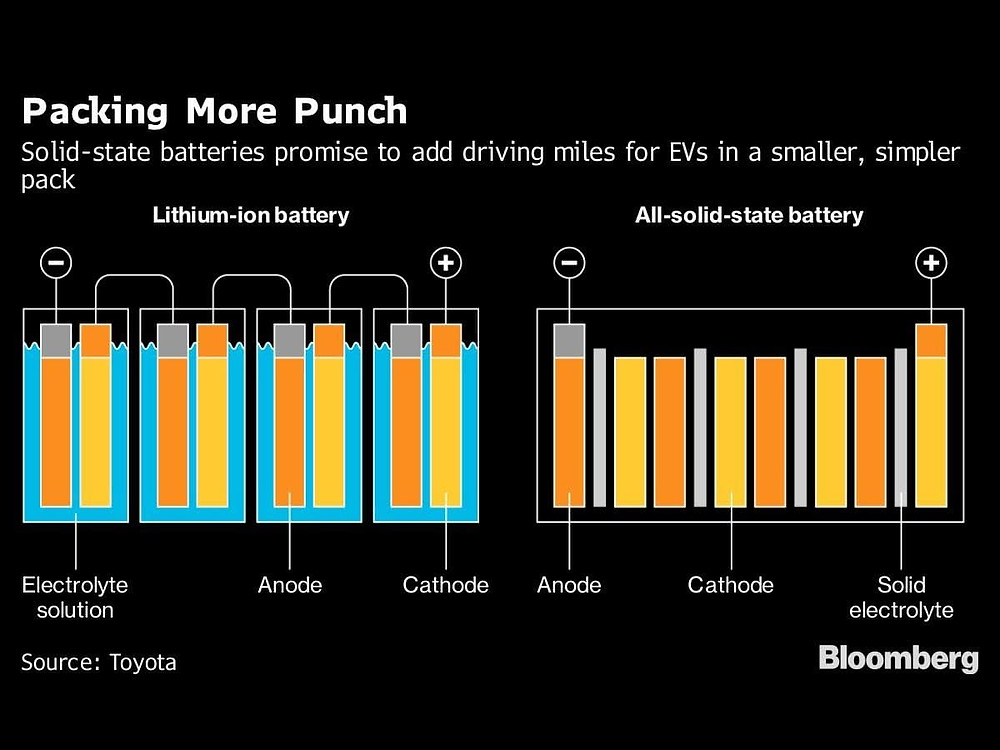 Then, we will cover how to add water to a car battery and other related queries you may have.
Then, we will cover how to add water to a car battery and other related queries you may have.
Let’s get right into it!
What Is Battery Water?Your flooded lead acid battery consists of a fluid solution called ‘electrolyte.’ This solution is used to charge your batteries.
But is battery water the same as the electrolyte solution?
No.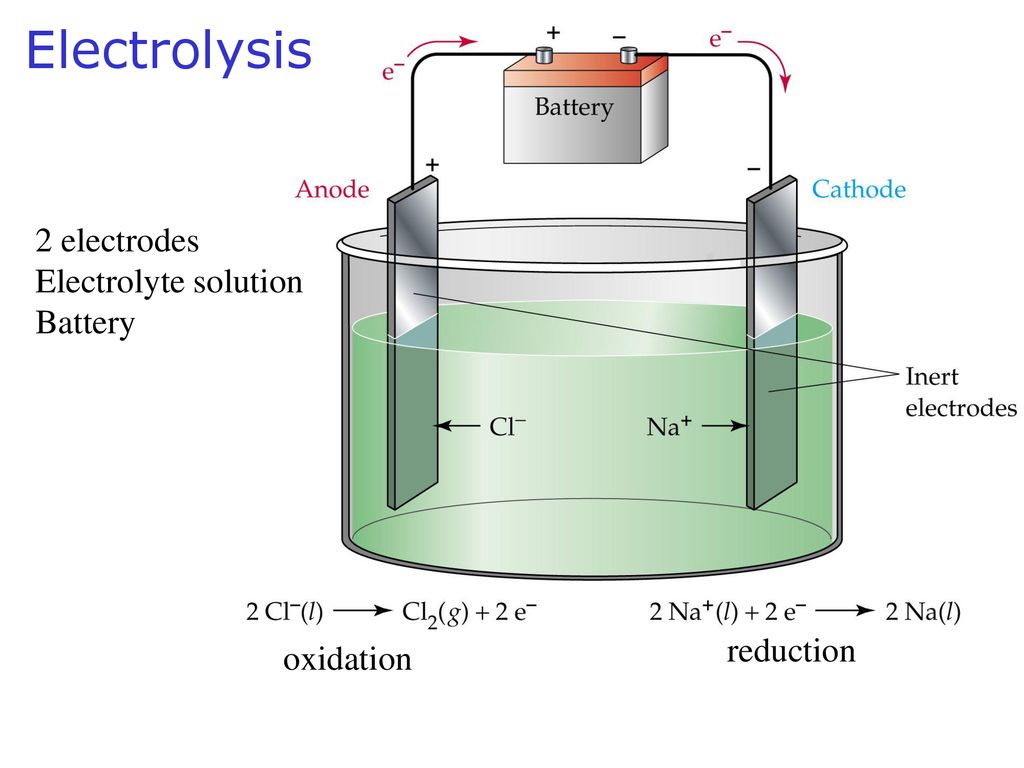
The electrolyte in your battery is a mixture of sulfuric acid and water. Battery water, on the other hand, is the clean water used to refill the electrolyte when its levels run low.
The water used in battery water is usually distilled water or deionized water. It’s never tap water, as tap water may contain impurities.
What Does Battery Water Do?Your flooded battery works with the help of the electrolyte solution.
Every time you charge the battery, inevitably heating the electrolyte solution, the battery electrolyte experiences water loss due to evaporation. This affects the density of the battery water level and increases the concentration of sulfuric acid at the same time.
If you do not water the battery again, the excess sulfuric acid will ultimately lead to sulfation and irreversible corrosion.
This is where battery water comes into the picture.
Distilled water is added to the electrolyte solution to prevent low electrolyte levels, and maintain the concentration of sulphuric acid in the solution.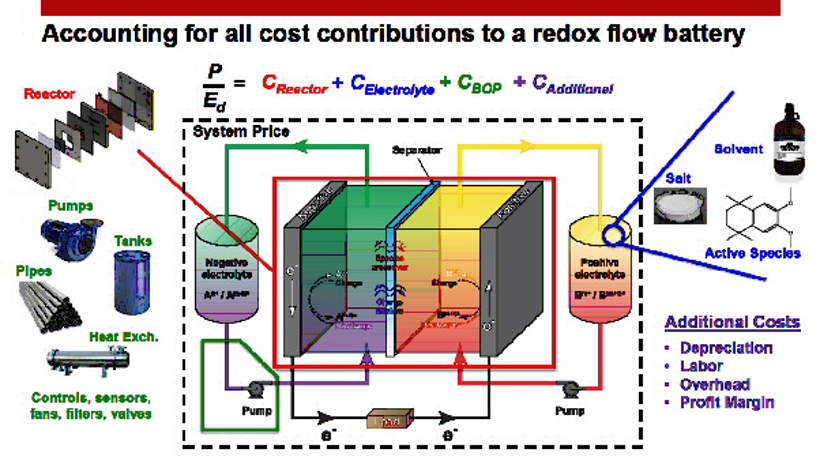
With that said, how exactly do you go about watering your battery?
How Do I Water A Car Battery?Here is the step-by-step guide on how to properly water your car battery:
 These are very quick to overflow, causing further damage and corrosion.
These are very quick to overflow, causing further damage and corrosion.Note: Remember that this procedure only applies to flooded lead acid batteries.
You cannot add battery water to an AGM battery since these types of batteries tend to be maintenance-free.
Read more about this in our AGM Battery vs Lead Acid Battery guide.
How Do I Check My Car Battery’s Electrolyte Levels?Once you open the vent cap and battery cap, you will be able to observe the individual lead plates in each cell.
You will always notice three types of electrolyte levels in rechargeable batteries.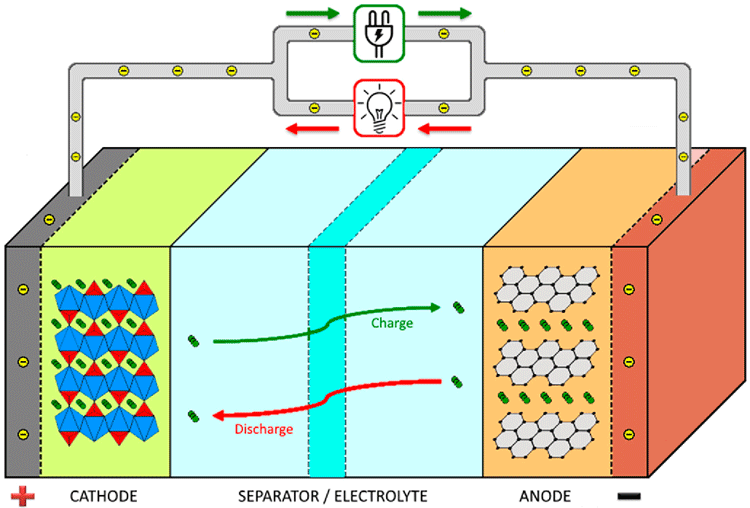
They are:
Next are some things you need to be careful of when dealing with battery water.
What Are Some Problems To Avoid With Battery Water?Not being prompt with battery care can cause serious short-term and long-term problems to your battery’s lead plates and other components.
Here are some of the problems you might face if you’re not careful with battery maintenance:
A low electrolyte level is when the liquid in the batteries runs too low and may potentially expose the lead plates to oxygen.
Sometimes, brand new batteries tend to have low levels of electrolyte. In this case, you may want to first charge them using a battery charger and then add some more water.
If you add more water before the battery is fully charged, there will be no room left for the liquid to expand once it is heated. This runs the risk of electrolyte overflow and is dangerous for your battery’s health.
You may also dilute the electrolyte even further, thus causing irreparable damage to the battery.
Underwatering is when you fail to refill the battery when it reaches a low electrolyte level.
Each time you charge your battery, the battery cell will experience a further water loss. If the water level reaches as low as to expose the lead plates to oxygen and hydrogen gas in the battery, it can lead to sulfation.
Here are a few ways to avoid it:
 Remember, a forklift battery will need more charging as compared to a deep cycle battery. Adjust the charging frequency accordingly.
Remember, a forklift battery will need more charging as compared to a deep cycle battery. Adjust the charging frequency accordingly. A sulfated battery severely affects the performance of your car and can be dangerous.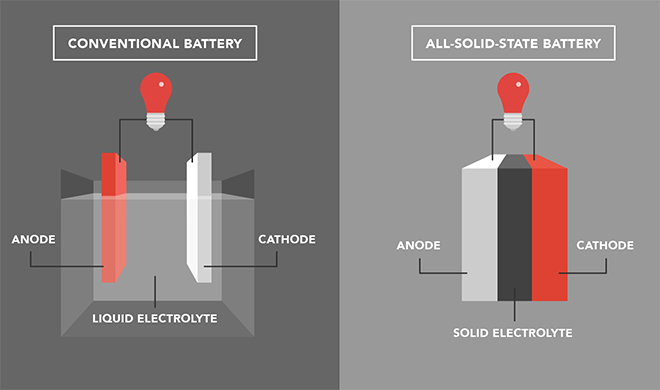 Sulfation is preventable, but it is important to ensure proper battery maintenance and regular battery checkups.
Sulfation is preventable, but it is important to ensure proper battery maintenance and regular battery checkups.
Note: People often wonder if they can lower the charging voltage of the battery to reduce the need to water it. While this may work, it is dangerous for your battery to have a low voltage. Low energy storage and voltage can cause serious battery damage and premature battery failure.
As the name suggests, overwatering is when you add excess battery fluid to your electrolyte solution. Consistent overwatering can cause severe damage to the battery cell, and you may also notice a significant drop in performance.
Overwatering may lead to two problems:
Firstly, it will dilute the electrolyte solution in the battery. This will reduce your battery’s performance since it won’t have enough charge to operate.
Secondly, if you water the battery before appropriately charging it, the water will boil over. This is because when the battery is charging, the liquid will get hot and expand. If it does not have enough space, the battery acid will spill out of the battery.
This is because when the battery is charging, the liquid will get hot and expand. If it does not have enough space, the battery acid will spill out of the battery.
You may also take the specific gravity readings to determine the charge of your battery. Specific gravity and charging voltage will give you an idea about the battery life and overall health.
We’ve now covered all the basics of battery water and how to use it. Let’s now look at some common battery water questions and their answers.
6 FAQs About Battery WaterBelow are some frequently asked questions about battery water and their answers:
Electrolyte plays a key role in generating electricity for rechargeable batteries.
Here’s how it works in a flooded battery (lithium batteries work differently):

How often you should water the battery will mainly depend on how often you charge it. If you use your car a lot, you will need to charge the battery quite often. This means that the water in your acid batteries will evaporate faster.
For example, a forklift battery will demand a very different charge cycle than a deep cycle battery. This is because forklifts tend to use maintenance-free batteries or waterless batteries, while deep cycle batteries are usually flooded.
Plus, hotter temperatures aid the evaporation of the water.
This is why summers require frequent battery watering.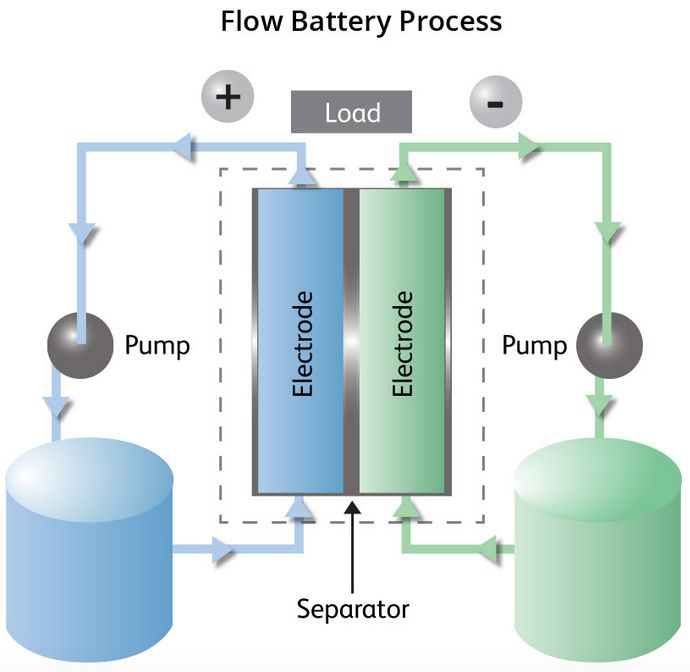
It is best to check for signs of low electrolyte levels from time to time. Once you get an idea of your battery power and charge cycle, you can form a routine.
Always use distilled water or deionized water for your flooded battery, and never tap water!
Tap water often contains small amounts of minerals, chlorides, and other impurities that can react with sulphuric acid and harm your battery. These impurities may react with the battery plates, and battery owners should avoid this during lead-acid battery maintenance.
If that happens, the lead plates will be exposed to the existing oxygen and hydrogen gas in the battery. This exposure will cause an exothermic reaction with the battery terminals, emitting huge amounts of heat.
The heat will further evaporate the water. In the long run, this will lead to irreparable damage to the battery cell.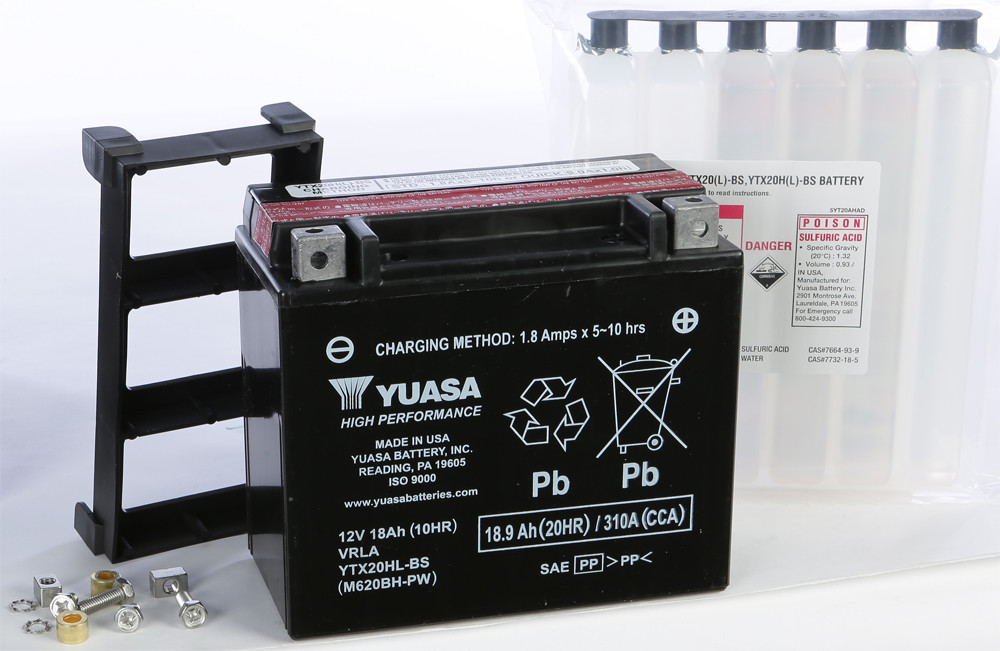
Sulfation is the excess buildup of lead sulfate you see on your battery plates. It’s one of the most common problems you can face with a lead battery.
It is caused due to a variety of factors including, a low electrolyte level, overcharging, and undercharging.
If you’re frequently charging your battery to limited potential, instead of fully charging it, you may be exposing the lead plates to sulfation. This lead sulfate can cause irreversible damage to your battery plates and battery capacity.
Here are the safety measures you should follow while adding battery water:
Sometimes, battery damage is unavoidable and is bound to happen as it gets old.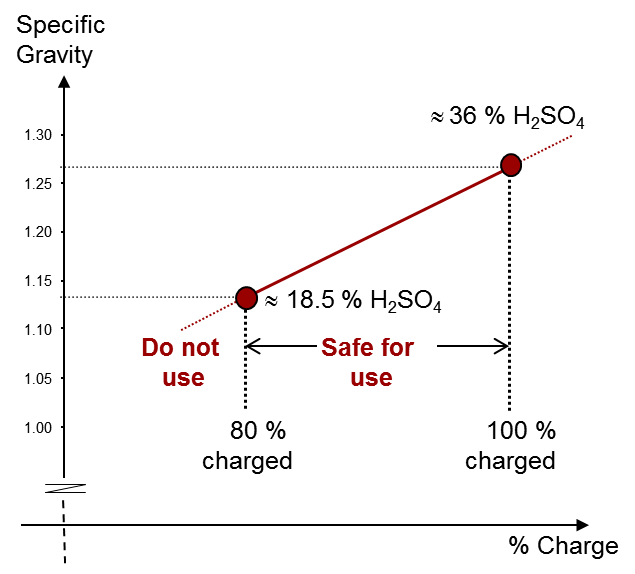
However, problems caused by low electrolyte levels are very easy to prevent. Regular refilling and checkups will keep your battery’s health in check. And as battery owners, your wallet will thank you for it.
The best way to ensure the overall smooth functioning of your car is to maintain it right — irrespective of whether it uses a conventional lead battery or is an electric vehicle with a lithium-ion battery.
If you ever need professional help, RepairSmith is just a few clicks away! Contact them, and their ASE-certified technicians will be at your door to help in no time.
#Battery
Share this story:
RepairSmith RepairSmith is the easiest way to repair your car. Our ASE-certified technicians deliver quality car repair and maintenance directly to your driveway. We offer upfront pricing, online booking, and a 12-month, 12,000-mile warranty.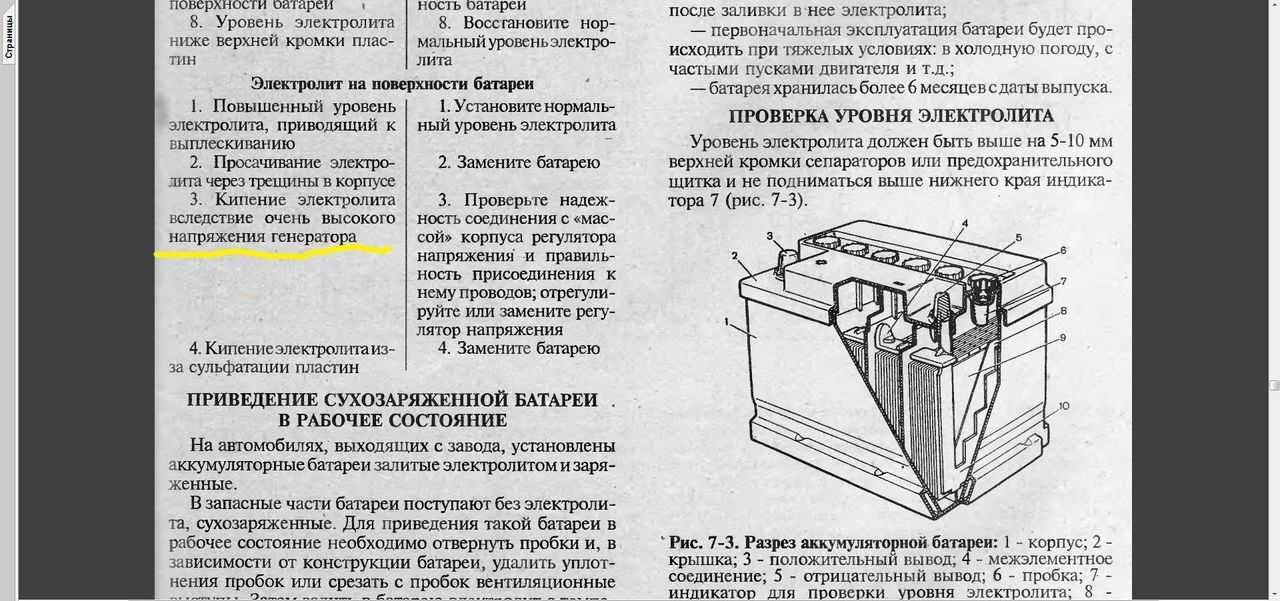
By continuing, you agree to RepairSmith's Terms of Service and acknowledge you've read the Privacy Policy. You also accept that RepairSmith may communicate with you via email, SMS, or phone.
The ATV battery is one of the most important elements in its electrical system. Given the amount of additional equipment installed on the ATV (winches, additional lights, alarms, heating, etc.), the battery often does not charge to the end. And the owners do not pay due attention to this, which is why they change the battery every season. Believe me, with proper care, the battery can last 3 or more seasons. Let's pay attention to the rules for charging your ATV battery, consider errors and answer questions that arise when servicing the battery.
Warning. The conversation for the most part will be about serviced batteries. Maintenance free ones have no plugs (at the top of the battery) and only need a timely and full charge, and their owners may skip some of the points described below.
The conversation for the most part will be about serviced batteries. Maintenance free ones have no plugs (at the top of the battery) and only need a timely and full charge, and their owners may skip some of the points described below.
Can I use a car charger to charge my ATV battery?
It is possible, in the case when the charger has a charge current adjustment and it is possible to set the minimum current from 0.5 to 0.7.A. There is a simple rule: one tenth of the battery capacity will be considered the normal current for charging (calculation should be made in Amperes). Of course, it is much easier and more correct to use special devices designed for low charging current. Complete with the charger always comes instructions for use, which contains the basic requirements and rules, do not neglect to read it.
Is charging noise and boiling normal?
Moderate boiling is normal. This is explained by the reaction in which the electrolyte enters with lead plates, in which the acid releases a certain amount of gas. It is worth worrying if the boiling is excessively strong - this indicates that the charge current has been exceeded.
It is worth worrying if the boiling is excessively strong - this indicates that the charge current has been exceeded.
Why does a new battery drain quickly?
What is sulfation?
Sulfation is the formation of lead sulfate (white matter) on the battery plates.
All old and failed batteries are subject to this phenomenon.
What affects the sulfation process?
 5 V.), especially at low temperatures;
5 V.), especially at low temperatures; How to avoid sulfation?
Monitor the condition of the ATV's electrical system at all times. The battery loses its charge significantly during engine start, and the charge must be replenished when driving, so monitor the health of the regulator and generator relays. When the ATV is not used for a long time, remove the battery and charge it with the charger at least once every 2 months. When the first signs of sulfation appear, charge the battery with low current for a long time (up to 2 or more days).
Amps / hours - what is the characteristic?
This is the unit in which the battery capacity is measured. For example, a fully charged battery with a capacity of 1 Ah should theoretically provide a current of 1 ampere for an hour.
How and why to monitor the electrolyte level?
The electrolyte is sulfuric acid diluted with water in the right proportion. During operation, water evaporates, and the proportion of sulfuric acid increases, which, in turn, adversely affects the health of the battery.
During operation, water evaporates, and the proportion of sulfuric acid increases, which, in turn, adversely affects the health of the battery.
If the electrolyte level drops (each battery has a normal level mark), add distilled water (available from auto parts stores) to the mark.
How can I tell if the battery is charged?
A charged battery produces 12.8V. If your multimeter measures 12.5V or less, the battery needs to be charged.
Which terminal should be connected first when installing the battery on the ATV?
Always connect the positive terminal first. When connecting the wire to the terminal, a spark may occur, so all flammable liquids must be removed in advance. Always tighten the bolts on the terminals firmly to avoid short circuits. The terminals can be treated with a lubricant to prevent oxidation.
What happens if the polarity is reversed?
Always respect the polarity - wrong polarity can lead to a blown fuse at best and an exploding battery at worst.
How to store the battery in winter?
If you do not use the ATV in winter, the battery must be removed and stored in a cool place, and charged several times during the winter with a small current.
As you can see, there are no difficulties in maintaining the battery, following simple rules will significantly extend battery life and save your finances.
And how to properly charge the battery, we will learn by watching the video.
Equipment / Power tools, electricians and online calculators / Dry-charged battery - commissioning
What is a dry-charge battery (battery)? This is a "dry", electrolyte-free battery. The plates in such a battery are charged before assembly at the factory (during the production process, they undergo “forming”: charging, washing and drying in a stream of hot air). During storage, and before commissioning, the filling holes are hermetically sealed with plugs (or special tape), this is necessary to protect the battery plates from destruction. A dry-charged battery can be stored for up to three to five years. Store a filled and charged battery in the "inactivity" mode for more than 6 months. Not recommended.
During storage, and before commissioning, the filling holes are hermetically sealed with plugs (or special tape), this is necessary to protect the battery plates from destruction. A dry-charged battery can be stored for up to three to five years. Store a filled and charged battery in the "inactivity" mode for more than 6 months. Not recommended.
Below is a step-by-step procedure for bringing a dry-charged battery into working condition.
Note:

So step by step:
Battery and electrolyte container:
1. Open the vent hole:
2. Remove the protective tape from the openings of the battery cans:
3. Next, you need to unpack the electrolyte container. In my case, it looked like an onion (soft packaging, cardboard box sealed with tape, plastic bag wrapped with tape, plastic bag with a zip-lock and the last one was a sealed plastic bag):
4. battery plug from the electrolyte container and carefully remove the protective foil from the output holes:
5. We take the battery in one hand, turn it over (hold the battery upside down). In the second hand we take a container with electrolyte. Then, slowly, we bring a container with electrolyte to the filling holes of the battery, insert it into these holes and carefully turn the whole structure over (see below):
must be filled with electrolyte with a density of 1. 28 kg / l up to the mark on the body (if any) or 3-5 mm above the plates. The use of an electrolyte of higher density leads to a rapid failure of the batteries.
28 kg / l up to the mark on the body (if any) or 3-5 mm above the plates. The use of an electrolyte of higher density leads to a rapid failure of the batteries.
7. After we remove the plastic container, and let the battery soak for 30-60 minutes. Then you need to shake the battery slightly, and, if necessary, top up the electrolyte. If the temperature rises above 20 °C, allow time for the battery to cool down. Not earlier than 20 minutes and not later than 2 hours after pouring, it is necessary to check the density of the electrolyte. If it is at least 1.25 g / cm3, then the battery is ready for use. Otherwise, and also when the voltage without load is less than 12.5 V, the battery must be charged from a stationary charger.
8. We close the battery holes with a plank plug, and, if necessary, remove electrolyte particles from the battery surface:
Before connecting the battery to the power circuit, it is necessary to clean the terminals from oxides with sanding paper (according to the situation) and be sure to treat them with Litol 24 type grease.
Note:
If necessary, the battery must be recharged according to both the instruction manual for the charger and the battery. And don't forget to remove the plugs to ensure good ventilation.
vinserg
November 27, 2015 / 23:41
#21 (1316) Link to this post
Greetings! I can’t tell you what kind of battery, you have to google it. The rules for all lead batteries are the same. The main thing is not to freeze and not to allow a deep discharge. If it is known that the car will not drive for more than two or three weeks, remove the terminals from the battery. And at negative temperatures to take home.
Mikhail (Guest)
March 30, 2016 / 2:24 pm
#22 (1369) Link to this post
I bought a dry-charged battery for a snowmobile.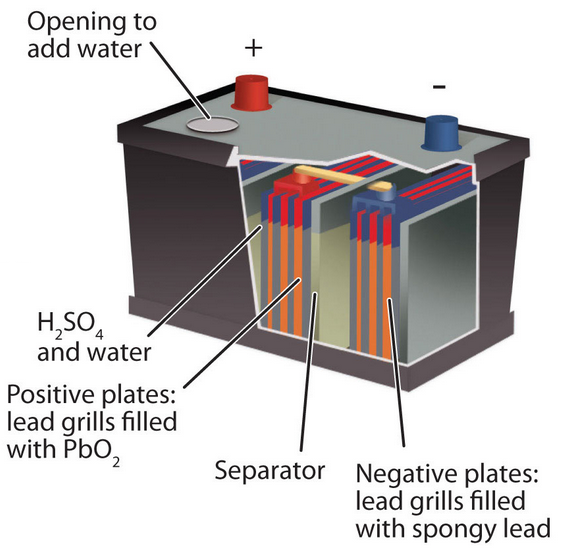
While he was twisting it in his hands, he accidentally removed the cap for connecting the tube through ignorance. Akkum made a "zilch".
How to be now - fill in electrolyte / try to pump out air / leave it like that until winter?
Shurikyan (Guest)
May 23, 2016 / 21:18
#23 (1398) Link to this post
Good day. I found 4 dry-charged batteries in the garage, manufactured already in the 90s. They are 6v. Does it make sense to refill them or will I have to buy new ones? It is planned to install 2 pieces on the Dnepr motorcycle.
Mikhail (Guest)
May 24, 2016 / 10:18
#24 (1399) Link to this post
I figured out my question, closer to winter I will flood the electrolyte and that's it. Everything is fine.
Everything is fine.
I think you need to fill up the battery and maybe recharge it. The electrolyte is inexpensive, certainly cheaper than the battery.
vinserg
May 25, 2016 / 07:07
#25 (1400) Link to this post
Yes, you have to try. You can always throw it away.
Alex (Guest)
March 16, 2017 / 22:20
#26 (1496) Link to this post
Hello!
Thank you for the article!
I correctly understood that to charge the charger, the plugs must always be removed?
Neither in the instructions for the charger, nor in the instructions for the battery, there is anything like that ...
And the time after filling the electrolyte before charging is not very clear. Filled it up - and an hour later I connected the charger, right?
I have an Optimate charger and diagnostic device.
Thanks again!
vinserg
March 16, 2017 / 23:01
#27 (1499) Link to this post
Hello!
If there is an opportunity to open banks, then I always open them. It happens that the banks do not open. This is when they are soldered.
Yes, somewhere in an hour, a maximum of two, the electrolyte will enter the active phase. And depending on the density and voltage at the terminals, put it on charge. Usually always recharged.
Anatoly (Guest)
May 20, 2017 / 06:57
#28 (1532) Link to this post
As a rule, on dry-charged batteries. the date by which it must be charged is set. Sulfatization of the plates also depends on the shelf life of the battery. Important when buying
Igor (Guest)
May 15, 2020 / 11:25
#29 (2286) Link to this post
The temperature when charging the battery should be no more than 45 degrees.